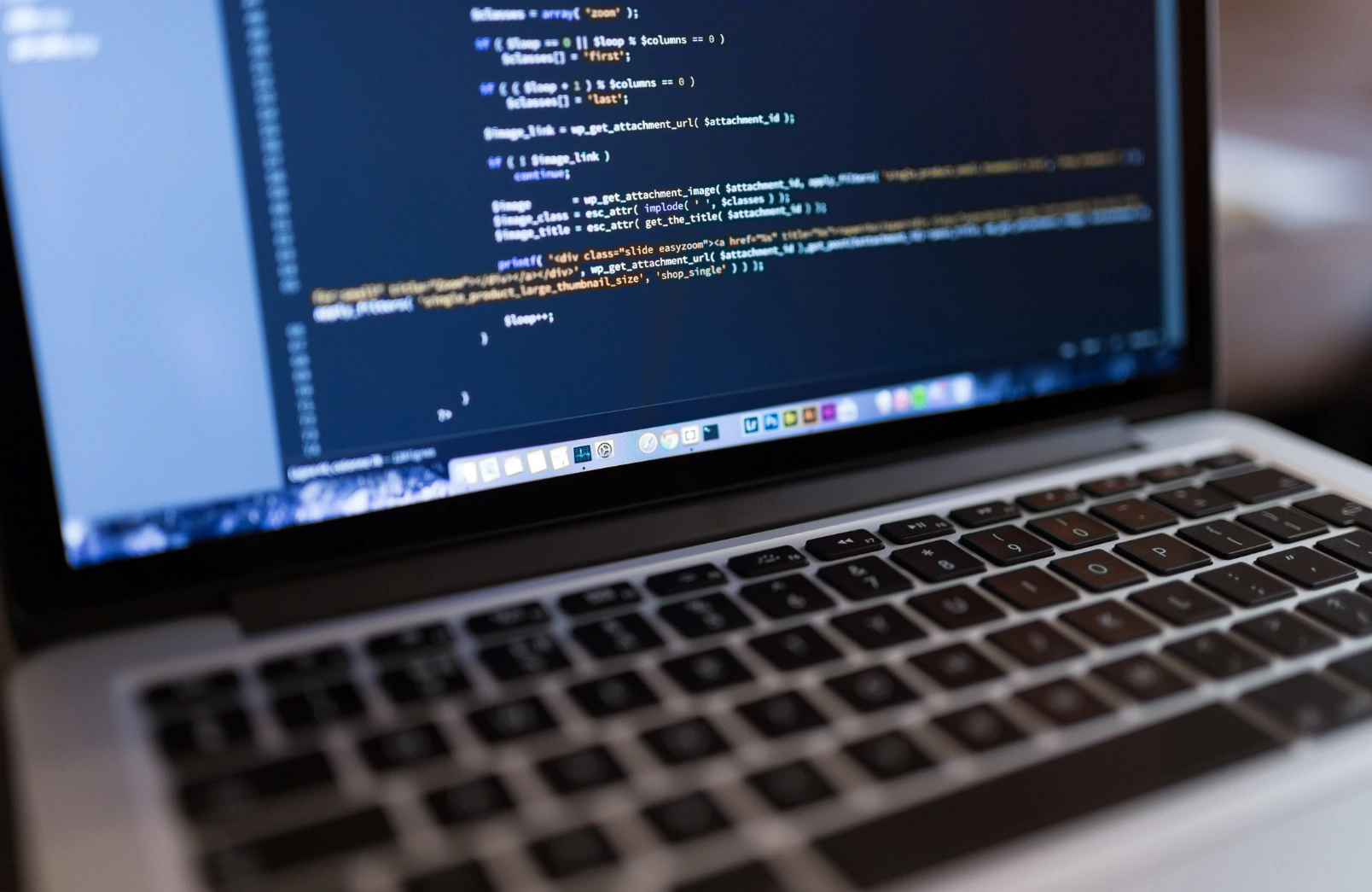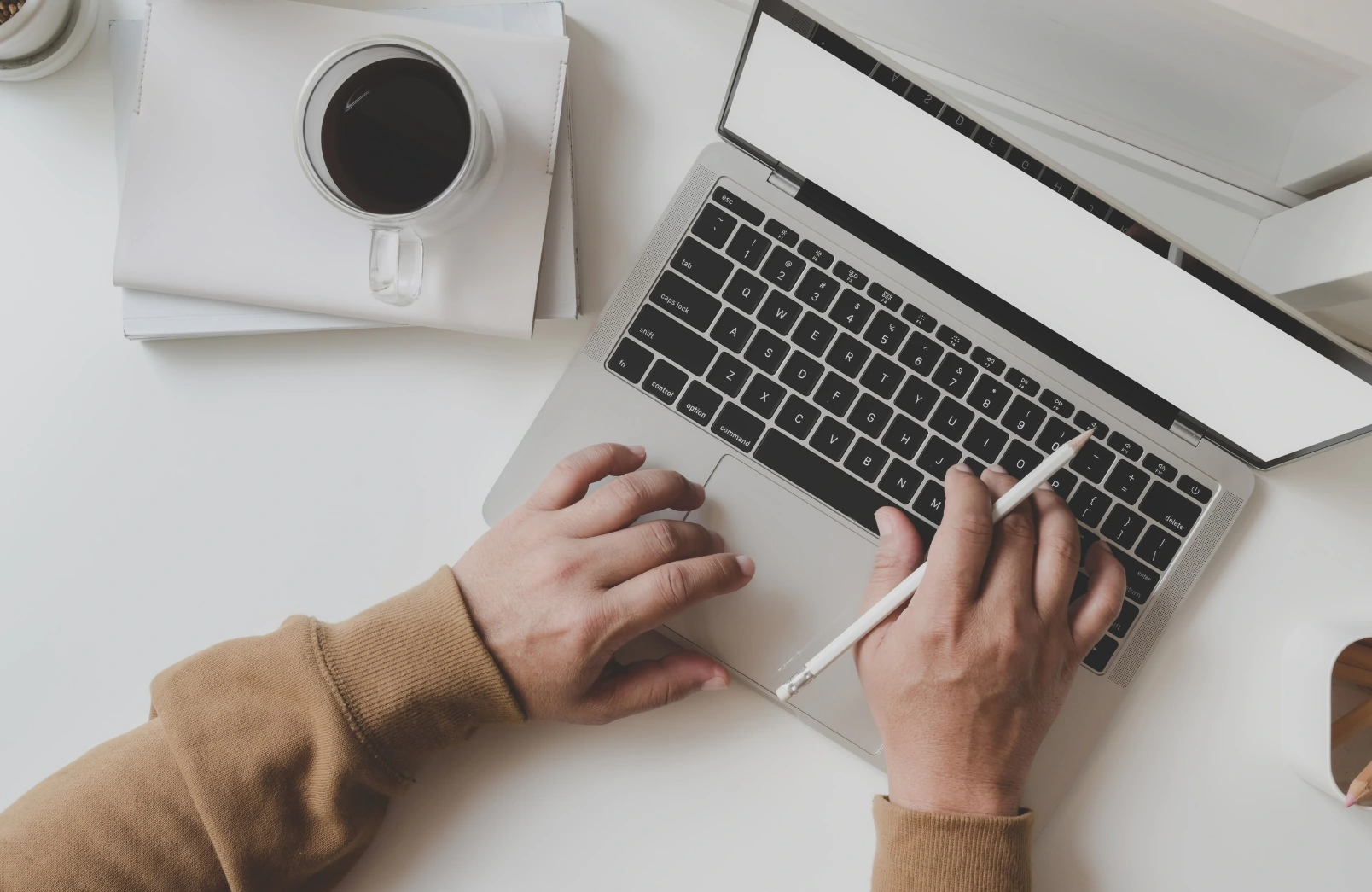When we come up with a brilliant concept for a mobile app, one of our most significant worries is that someone will steal it. We always endeavor to keep the secret till the time of release. However, if we lack the necessary expertise to create an app from scratch, we will have to rely on the assistance of a third party and explain our plans to others.
As a result, we must take steps to prevent anybody from copying our work. There are many ways to achieve that.
Copyright
A copyright is a set of rights that automatically vest to someone who produces an original work of authorship – such as a literary piece, music, movie, or software. The right to copy, develop derivative works, distribute copies, and perform and exhibit the work publicly are all included in these rights.
Although a concept cannot be protected from infringement by copyright, the app’s code and user interface may. it’s one of the most affordable alternatives, and it also provides you with legal redress if someone steals or replicates your software.
Patent
Patents are federally awarded rights that allow inventors to prevent others from creating, selling, or utilizing their inventions for a certain length of time.
It is more challenging to get a patent than a copyright since the standards are more severe, yet it still doesn’t protect ideas. Having a patent on your app’s features will prevent competitors from developing their versions of the same software.
Keep in mind that obtaining a patent is a costly endeavor. It may cost more than the software itself.
Trademark/Name Protection
Long story short, a trademark is a name for a product or service. Anything that is used or intended to identify and differentiate the products and services of one seller or provider from those of others and to point out where the goods/services come from is considered a trademark or service mark.
It is possible to protect your app’s trademarks by registering them with the US Patent and Trademark Office (USPTO). You can’t trademark your concept, but the paperwork necessary puts a “mark” on your development timeline, which may protect you against anybody who doubts the chronology of the idea development.
The Non-Disclosure Agreement (NDA)
To safeguard their intellectual property, many firms opt for a Non-Disclosure Agreement (NDA).
An NDA is a simple approach to guarantee that all the info provided between all parties involved is kept secret. To be on the safe side, you should only engage with respectable firms that will sign an NDA and keep your data confidential.
Choosing the Right Companion
Finding the right team is essential if you have a great concept and don’t want it plagiarized. Therefore, be sure to thoroughly examine all third parties, including but not limited to websites, testimonials, previous customers, and their contact information. Remember that only the app’s code and design may be trademarked; you can’t protect the concept itself.
Conclusion
To preserve your ideas, you must take the essential legal, procedural, and technological steps to ensure that your project has the best chance for safety and success. The importance of a good concept is huge. It’s the driving force behind any outstanding effort.




